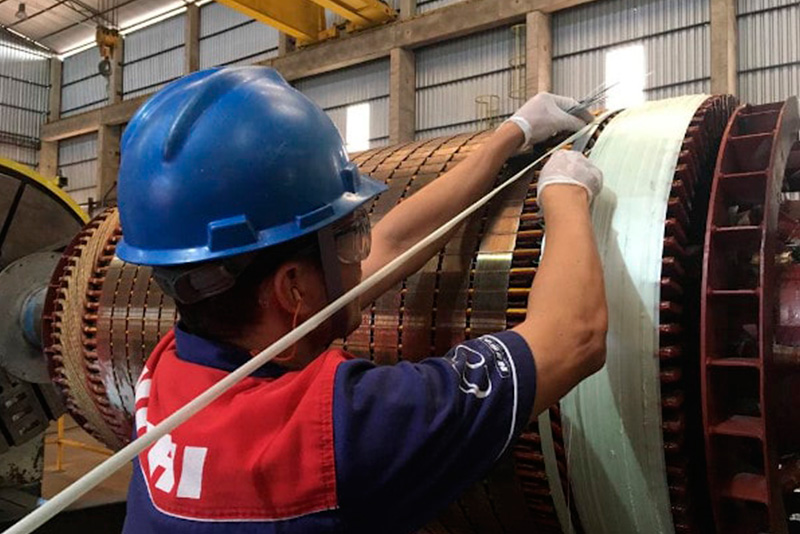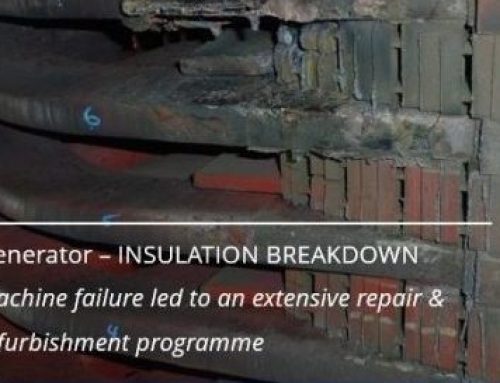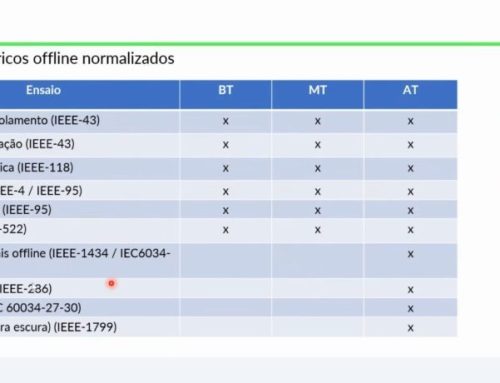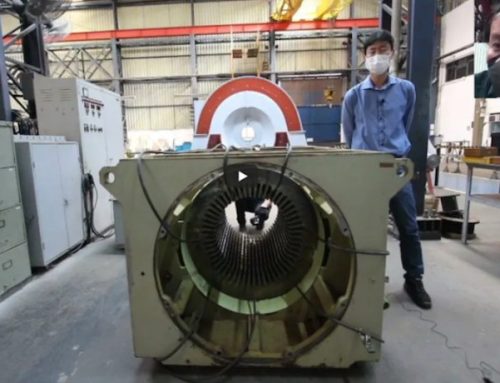Is it possible for the rotor of an induction motor to reach Synchronous Speed? Why is slip necessary?
Induction motors have their stator winding divided into a number of poles (2; 4; 6; etc.) creating the rotating magnetic field and defining the synchronous speed in the stator. This rotating field induces voltages in the rotor generating currents in the rotor.
The field and current interacting with each other cause forces to arise that result in motor conjugate (torque), causing the rotor to rotate.
The rotor, if it turned at synchronous speed would have the same speed as the rotating field of the stator (inductor) and by the rules of induction there would be no induced voltage in the rotor and consequently no torque. The motor would stop spinning.
Normally it has a speed slightly lower than the synchronous speed and this difference, in percentage, is called slip. For small motors, the slip varies from 3 to 5% and less than 1% for medium and large motors.
Learn more about the services provided by Nishi and contact one of our experts for information about maintenance and characteristics of medium and high voltage induction motors.










